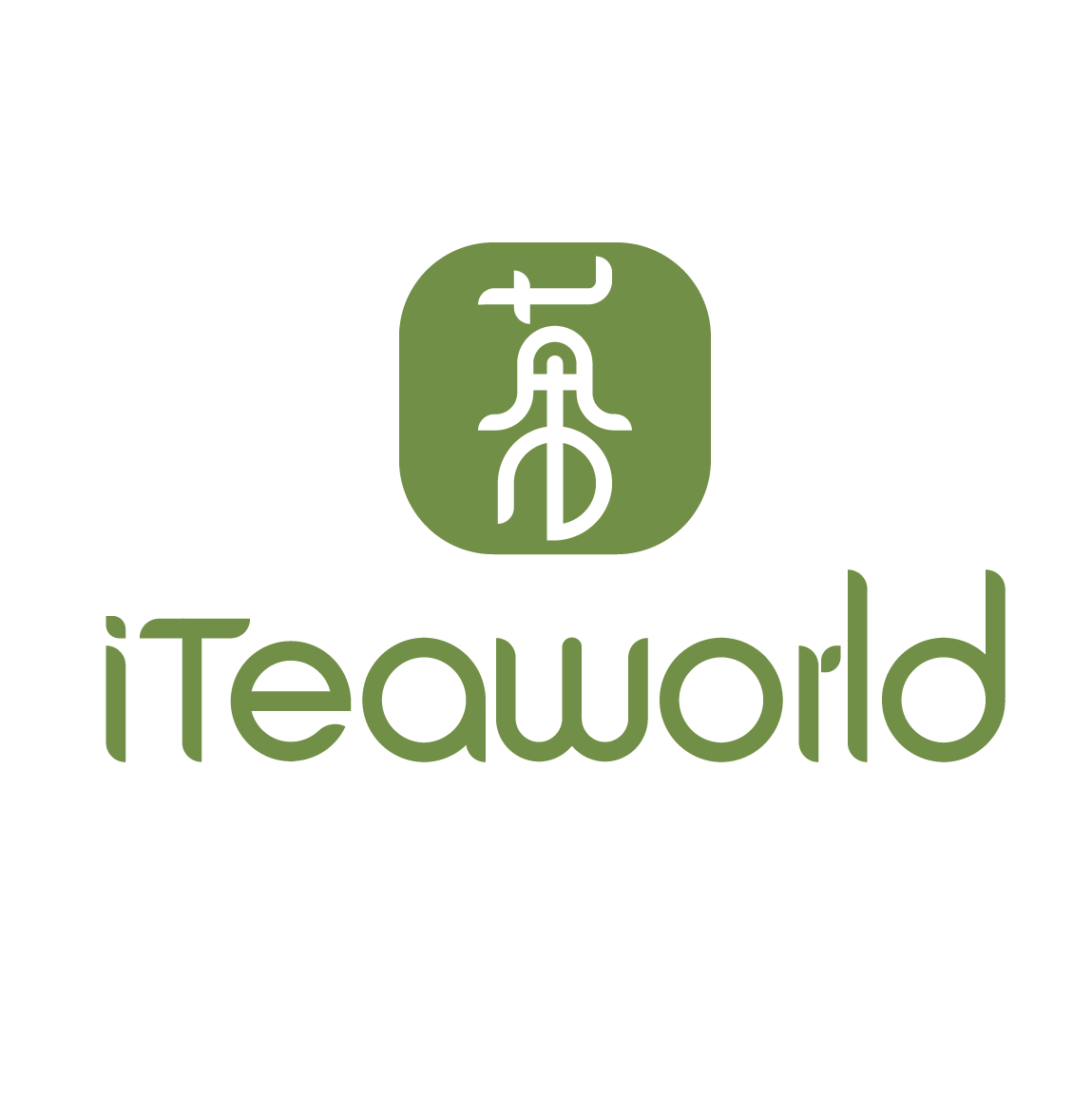4 products
4 products
Sort by:
Introduction:
This Fenghuang Dancong tea is meticulously selected from the autumn harvest of 2023. Plucked from ancient tea trees in high-altitude gardens in Fenghuang Town, Guangdong, at elevations of approximately 850 meters, the exceptional growing conditions impart a refined texture and rich, layered flavors. The plucking standard of one bud and two leaves ensures a smooth, full-bodied taste, combining fruity notes with a roasted aroma that lingers delightfully.
Reasons to Recommend:
- Core Production Area: Grown in Fenghuang Town, Chaozhou, Guangdong, where the mild climate features an average annual temperature of 21.4°C and annual rainfall of 1685.9 mm. The acidic red soil, deep and rich in organic matter and trace elements, plays a crucial role in shaping the tea's distinctive aroma and flavor.
- Tea for Diplomatic Occasions: On April 7, 2023, French President Emmanuel Macron visited Guangzhou and was served Fenghuang Dancong tea during a tea ceremony at the Songyuan Hotel, highlighting its status as a prestigious Guangdong tea.
- Unique Tea Variety: Harvested from ancient tea trees over 100 years old, planted 6-8 meters apart in remote mountainous areas and picked only once a year. This ensures a rich, sweet aftertaste with a slight astringency, characteristic of Fenghuang Dancong.
- Special Processing Techniques: The unique methods of oxidation and medium roasting create a tea with floral and honey-like aromas, setting it apart from others.
Oxidation Level: 30%-40%
Roasting Level: Medium roast
Tea Garden Soil: Yellow soil
Processing Time: Autumn 2023
Best Before Date: 24 months
Tea Variety: Fenghuang Dancong
Introduction:
This premium Tieguanyin is meticulously selected from the autumn harvest of 2023. Plucked from high-altitude tea gardens in Anxi, Fujian (the most authentic origin), the exceptional growing conditions impart a rich and robust flavor profile. Carefully crafted in small batches by professional tea farmers, this tea guarantees a smooth, mellow taste with a strong orchid fragrance.
Reasons to Recommend:
- A Renowned Chinese Tea: Anxi Tieguanyin, originating around 1725, is one of China's top ten famous teas. On May 22, 2023, Anxi Tieguanyin was awarded the "Globally Important Agricultural Heritage Systems" certificate.
- Authentic Origin: Grown in Anxi, Fujian, where the mountainous terrain and misty climate create an average annual temperature of 15-18°C, a frost-free period of 260-324 days, and annual rainfall of 1700-1900 mm. The relative humidity exceeds 78%, and the acidic red soil, rich in organic matter and minerals, contributes to the unique flavor of Tieguanyin tea trees.
- High-Altitude Tea Gardens: Compared to other Tieguanyin teas, this one is cultivated in high-altitude gardens in Anxi, where the superior climate enhances the tea's richness, delivering a smoother, sweeter aftertaste and a more intense aroma.
- Meticulous Craftsmanship: Carefully produced in small batches by skilled farmers, this tea undergoes multiple intricate processes to achieve its premium quality.
Oxidation Level: 15%-25%
Roasting Level: Light roast
Tea Garden Soil: Red soil
Processing Time: November 2024
Best Before Date: 36 months
Tea Variety: Tieguanyin
Introduction:
This Qidan Da Hong Pao is meticulously selected from the spring harvest of 2023. Sourced from the purest Wuyi rock tea in Wuyi Mountain, Fujian (the most authentic origin), the exceptional growing conditions and specific cultivar impart a truly authentic flavor profile. Crafted by master tea maker Chen Hai, who has decades of experience, this tea guarantees a rich, sweet aftertaste with a subtle osmanthus fragrance.
Reasons to Recommend:
- Core Production Area: Grown in the heart of Wuyi Mountain, Fujian, where the average annual temperature ranges from 16°C to 25°C, the frost-free period lasts 253-272 days, and annual rainfall is around 2000 mm. The relative humidity is 78%-84%, and the acidic red soil, rich in organic matter and minerals, contributes to the unique flavor of Da Hong Pao tea trees.
- Pure Cultivar: The mother trees of Da Hong Pao grow on the steep cliffs of Jiulongke in the Wuyi Mountain Nature Reserve. Due to their limited yield and exceptional quality, the purebred Da Hong Pao is propagated asexually from cuttings of these mother trees and processed separately.
- High-Altitude Tea Gardens: This tea is cultivated in high-altitude gardens in Wuyi Mountain, where the superior climate enhances the tea's richness, delivering a fuller, sweeter aftertaste and a more intense, lingering aroma with a pronounced "rock essence."
- Unique Roasting Process: Premium tea leaves are slowly roasted under gentle heat, developing a sweet fragrance with a subtle smoky undertone.
Oxidation Level: 45%-55%
Roasting Level: Light to medium roast
Tea Garden Soil: Sandy gravel soil
Master Blender: Chen Hai
Processing Time: Initial processing in May 2024, refined in September 2024
Best Before Date: 36 months
Tea Variety: Qidan
Introduction:
This Zhangping Shuixian square-shaped oolong is meticulously selected from the spring harvest of 2023 and crafted by a top tea master using unique traditional techniques. Plucked from high-altitude tea gardens in Zhangping, Fujian, at elevations of approximately 600 meters, the exceptional growing conditions impart a rich and mellow flavor to this tea. The plucking standard of primarily one bud and two leaves ensures a high orchid fragrance, a smooth and refreshing taste, and a bright golden liquor.
Reasons to Recommend:
- Core Production Area: Grown in Zhangping, Fujian, where the climate is warm, humid, and abundant in rainfall, with mild winters and cool summers. The average annual temperature ranges from 16.9°C to 20.7°C, with annual precipitation of 1450-2100 mm, a frost-free period of 251-317 days, and an average annual sunshine duration of 1853 hours, providing ideal natural conditions for tea production.
- Unique Shape: Zhangping Shuixian tea cakes combine the production methods of Minbei Shuixian and Minnan Tieguanyin. Pressed into square-shaped cakes using wooden molds, it is the only compressed tea in the oolong category, offering a unique style and rich traditional flavor.
- Traditional Handcrafted Process: This Zhangping Shuixian is a masterpiece of traditional handcrafted tea-making. The master insists on using manual techniques and traditional charcoal roasting for drying, preserving the authentic craftsmanship of Zhangping Shuixian tea.
Oxidation Level: Light to medium oxidation (25%-30%)
Roasting Level: Light roast (70-80°C)
Tea Garden Soil: Yellow-red soil
Master Blender: He Meiqing
Processing Time: June 2024
Best Before Date: 24 months
Tea Variety: Minnan Shuixian







